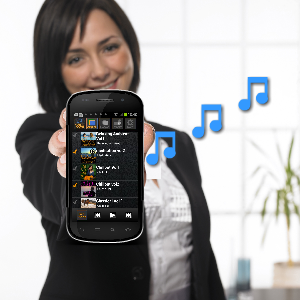With larger retailers having the funds available for a branded radio service it’s hard not to feel this is something you need also to do. Yet maybe your budget hasn’t got that capacity to build and staff a team of DJs, producers and music curators.
Enter Melody Pods with our special package to create your own branded radio service
1) design your music blueprint
2) set out scheduled playlists against your business day cycle,
3) add in intervals for advertising
4) set up pilot
5) review and roll out over all your stores.
6) update music and voice overs
7) update adverts






